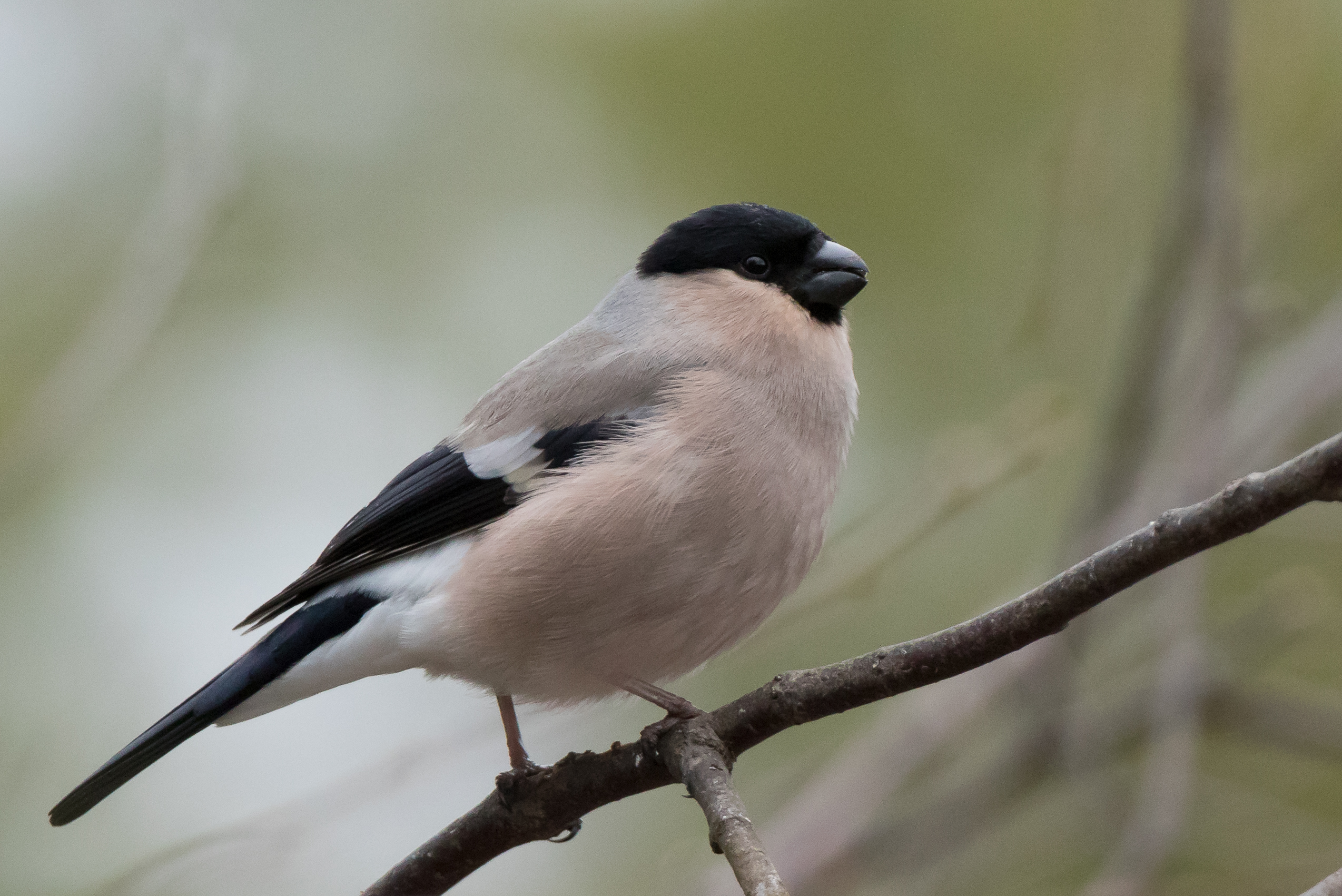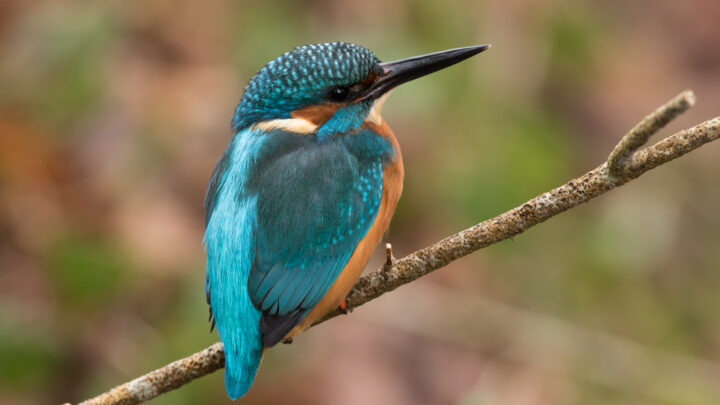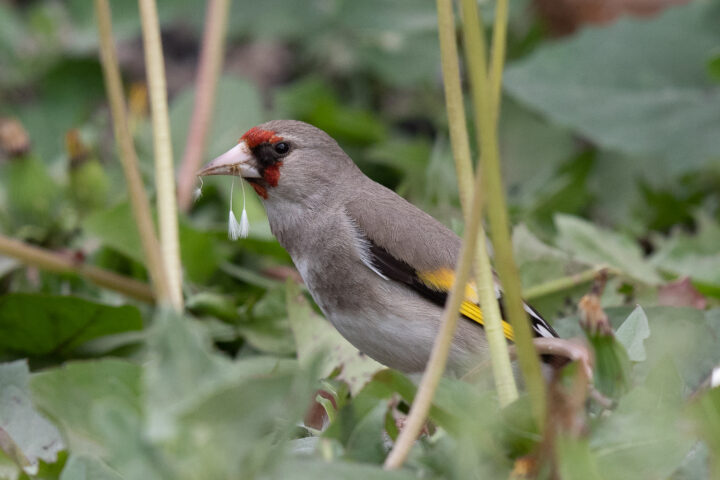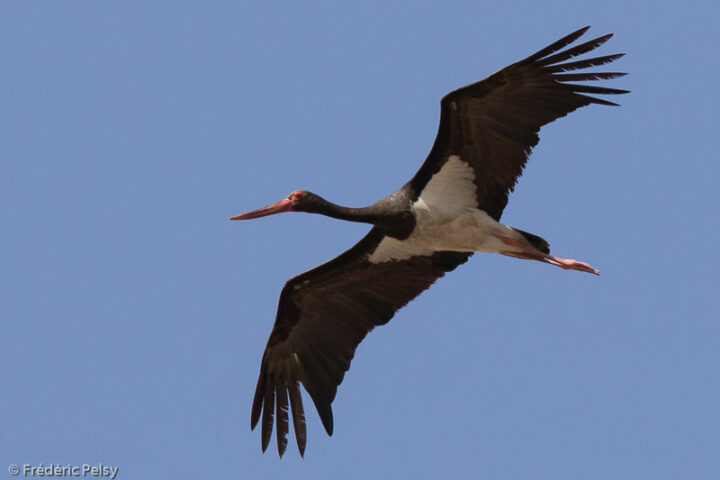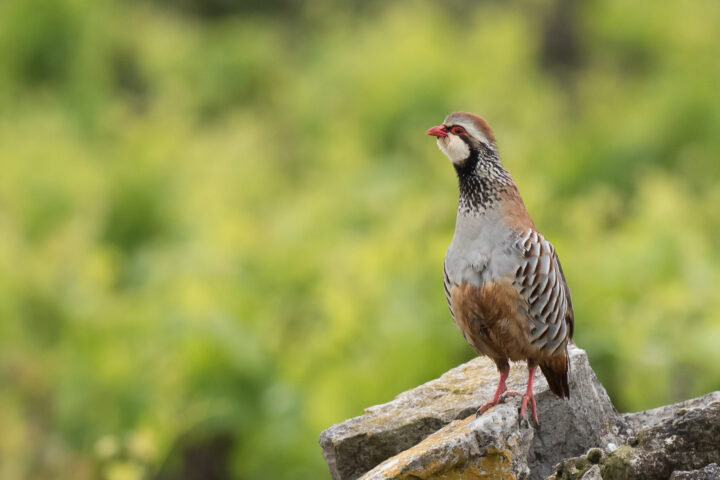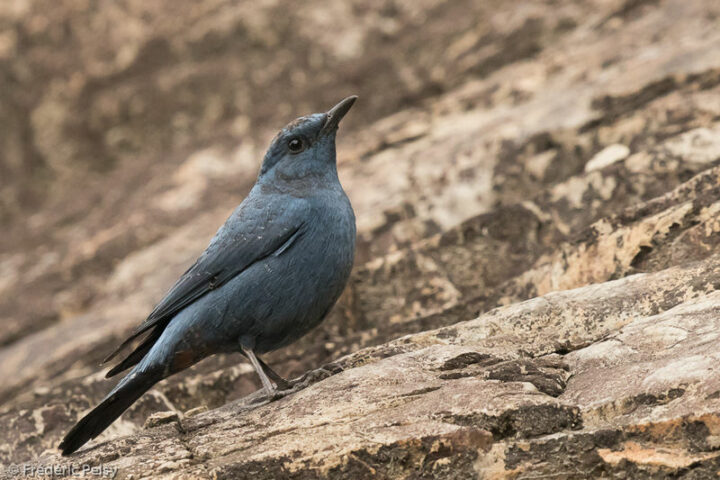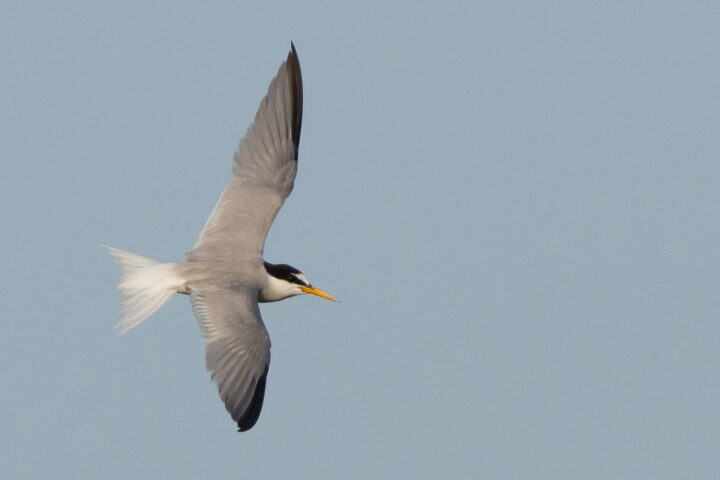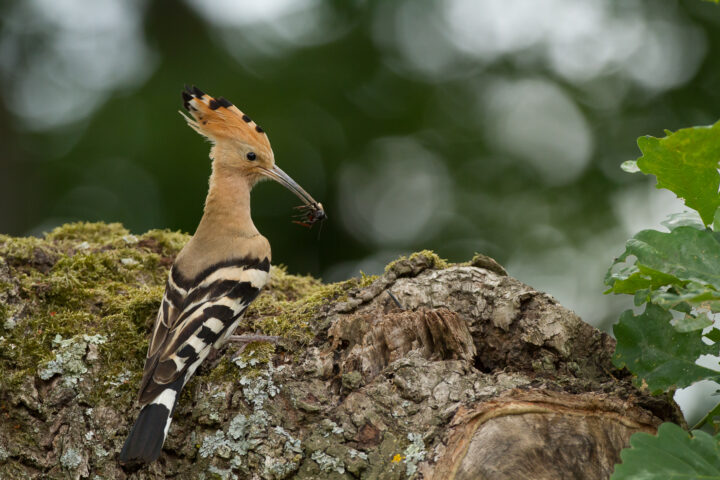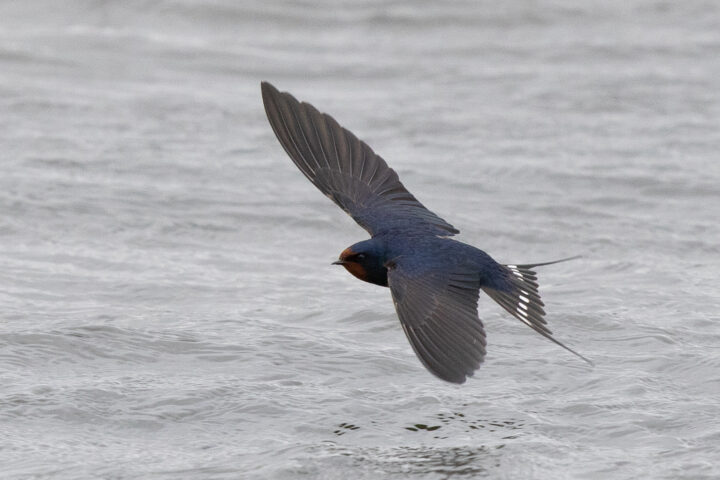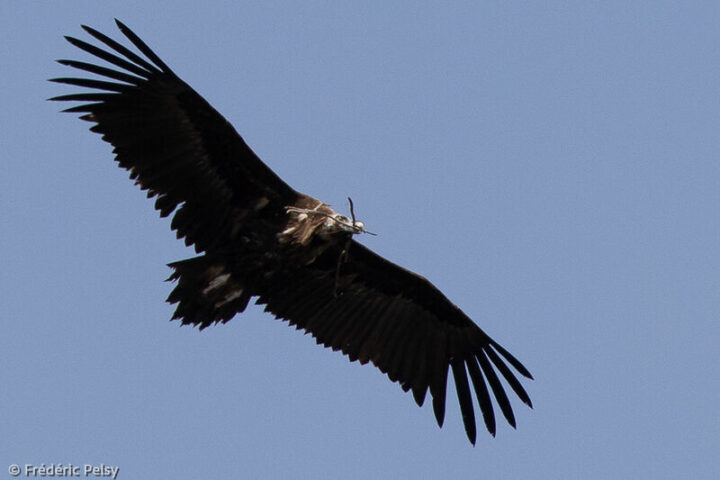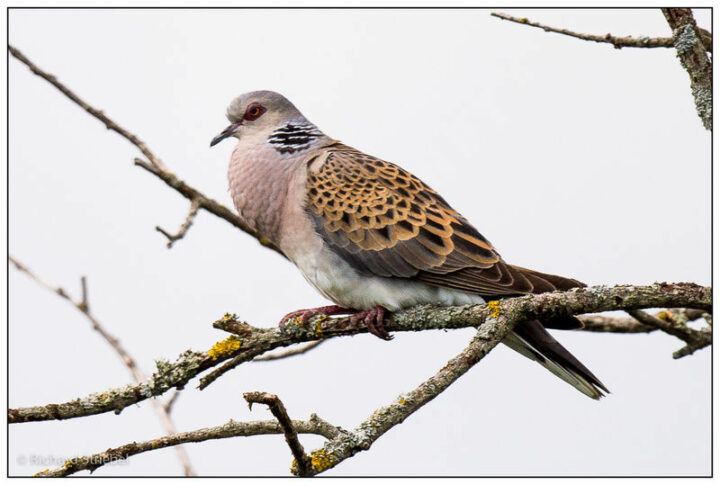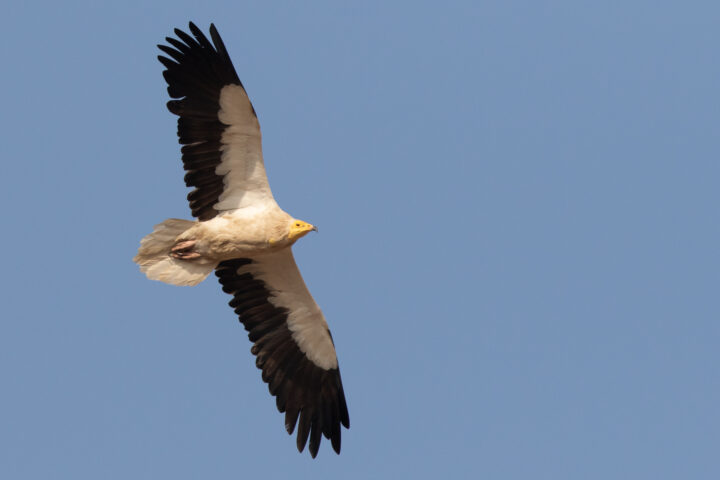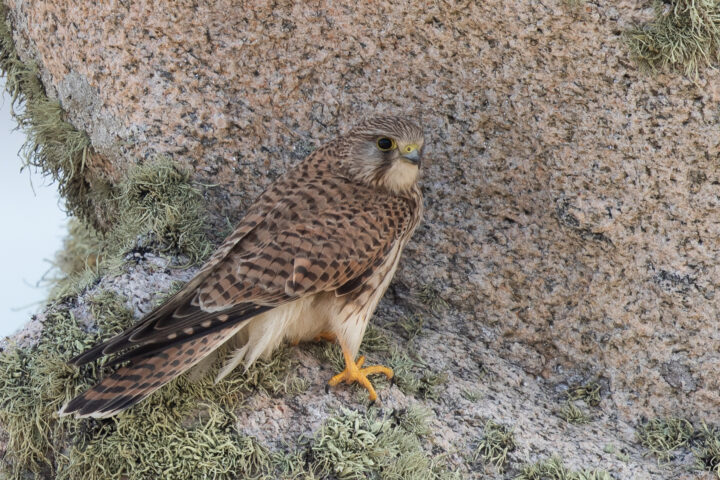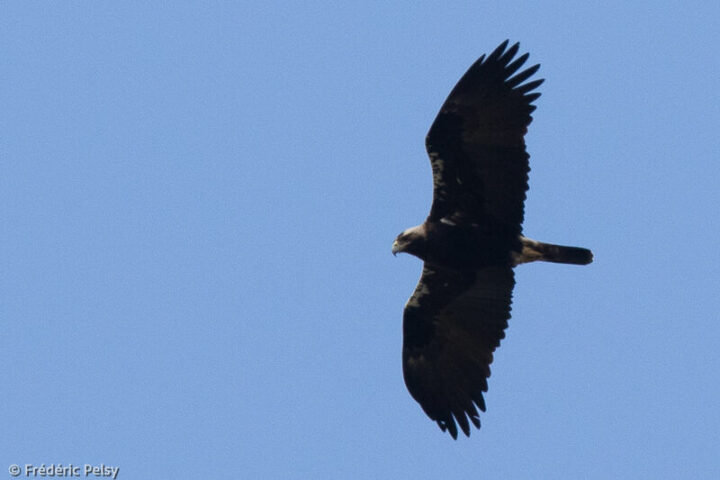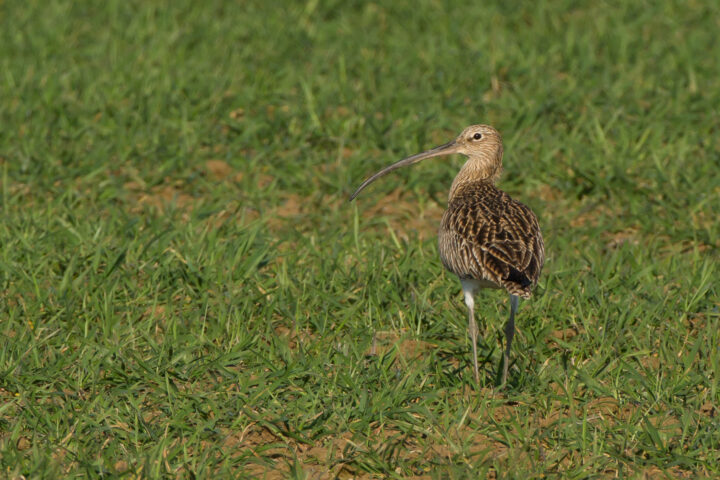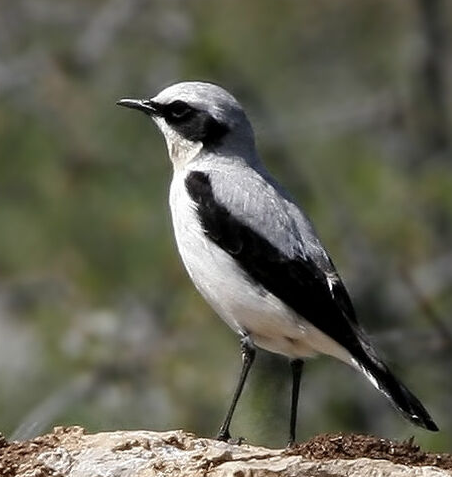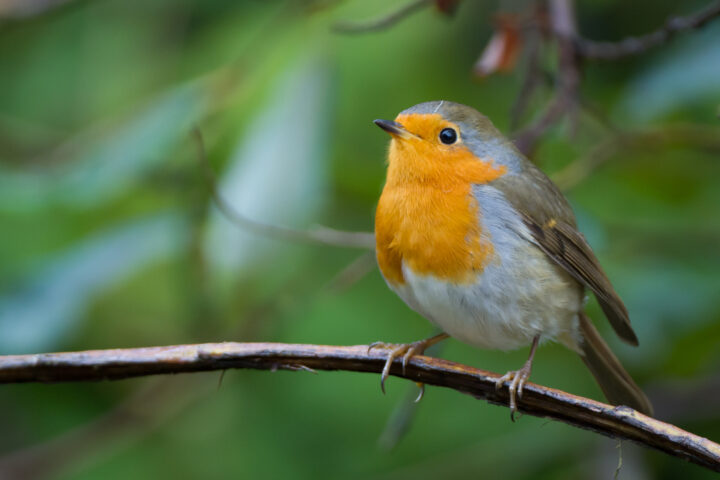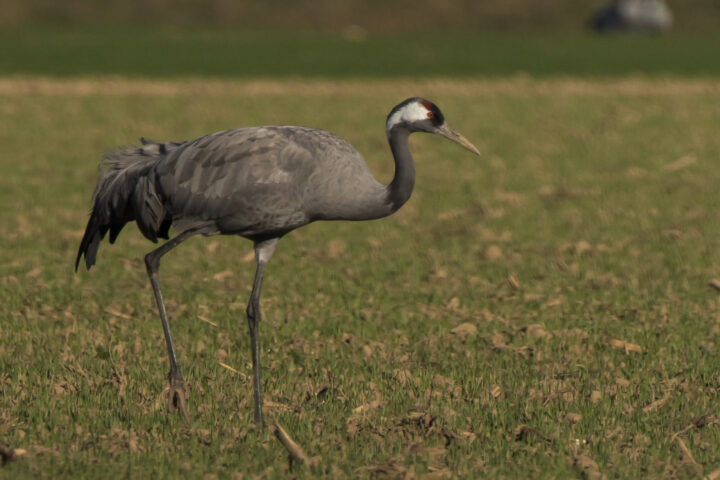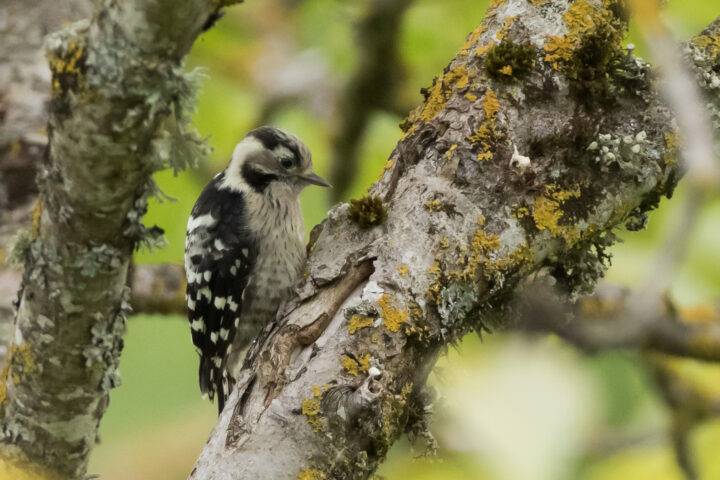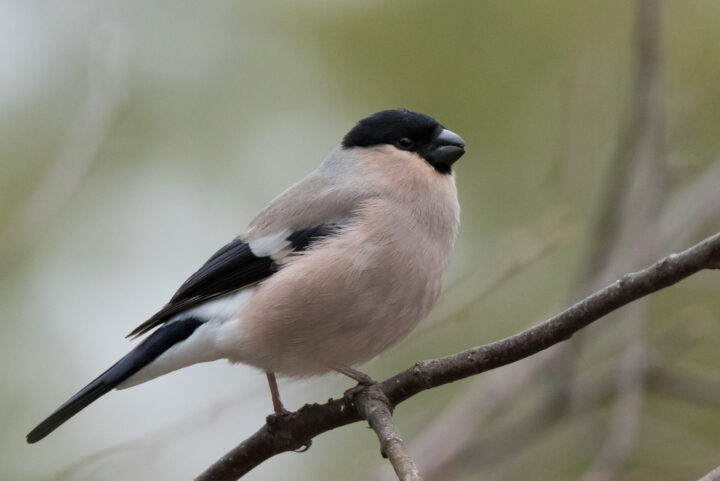Eurasian Bullfinch
Pyrrhula pyrrhula
Classification
- Order : Passeriformes
- Family : Fringillidae
- Genus : Pyrrhula
- Species : Pyrrhula
binomital name
- Linnaeus, 1758
Biométrie
- Size: 16 cm
- Wingspan : 28 cm
- Weight : 26 to 38 g
Longevity
17 years
DISTRIBUTION

Vocalisation
In Middle Europe, the usual call of the bullfinch is a plaintive “iuh” of rather low tone and emitted at regular intervals. It is primarily a contact call between individuals. On the other hand, birds from northern Europe (ssp pyrrhula) emit a higher-pitched, somewhat trumpeting “hip”, very different from the previous call. This makes it possible to identify among the wintering bullfinches those that come from far away. To distinguish them, they are called “trumpeter bullfinches”.
The song of the bullfinch is not very audible and not very elaborate. It is a weak and squeaky chatter, interspersed with short
iucn’s conservation statuts

share
IDENTIFICATION
The Eurasian Bullfinch is a sparrow-sized, but stockier passerine. The adult male of the subspecies “europaea” is brightly colored. It has a light gray mantle, back and small to medium wing covers. The rump is white, contrasting with the shiny black upper tail and tail feathers. The large coverts and the remiges are shiny black with blue reflections. The large black coverts are largely finished with grayish white, which creates a visible bar. The lower parts are bicolored. Throat, breast, flanks and upper belly are a rather intense pinkish red while the lower belly and under tail are white. The head is massive. An intense black covers the cap, the eyes, themselves black, the lores and goes down to the chin. The cheeks are concolored with the chest. The black beak, conical and massive, seems to be an integral part of the head. The illusion comes from the fact that the curvature of the culmen prolongs that of the cap and that the limit of the beak melts in the black of the lores. The legs are brownish pink. The adult female is similar to the male, but with less vivid colors. The ashy gray of the top is replaced by a rather dull gray-beige and the red of the bottom by a discrete pinkish beige.
The juvenile looks like a female without a black cap. Its plumage is generally warmer, with a reddish tinge. Its wing bar is tinged with buff.
Present throughout northern Eurasia, the bullfinch has developed 9 subspecies which differ by quite notable variations in plumage colors. Thus, the male of the ssp cineracea of the central-eastern part of the continent is entirely gray underneath, there is no more red. “Griseiventris” is also very gray underneath, but it has kept some red on the sides and the underside of the head.
HABITAT
It is a forest bird, preferring open forests, whether deciduous, coniferous or mixed. It is primarily a bird of the plains and mid-mountains, but in the east of its range, it can climb to 2,500 m and more, for example in Japan. It is especially the lower strata, herbaceous and shrubby, which interest it for feeding and nesting. It has adapted secondarily to anthropized environments such as hedgerows, orchards, plantations, parks and gardens, even in cities.
THREATS – protection
Globally, the species is not classified as “threatened”. Its populations remain significant. The bullfinch is a regular bird, but never abundant like the finch for example.
The impression of decline that we feel in France for example is easily explained. With the management of the land that was carried out in the last century, where one sought to optimize the exploitation and the yields, it could not be otherwise. The policy of land consolidation led to the elimination of an unimaginable number of hedges, copses and small woods, small wetlands that were drained, in short, many refuges for wildlife. The decline of the bullfinch was inevitable. The global warming is also detrimental to the species because it is rather of northern affinity.
We can consider reversing the trend by limiting agricultural land, for example by preserving uncultivated strips, or even by replanting hedges, by better managing ecotones such as forest edges, riparian forests, etc.
As their maintenance requires time and therefore money, dedicated subsidies should be provided.
La Gallerie








Find all the walls
15 walls
Place
14-16 Penpoll Road,London
Fresque
Hummingbird by Claire Ward ThorntonPar
Claire Ward-ThorntonOiseau
Ruby-throated HummingbirdPlace
Aknīste – Gārsene – Ausmas,LV-5218 Gārsene,
Lettonie Zemgale
Fresque
Black storksPar
Anda LāceOiseau
Black StorkPlace
Bruxelles BelgiqueFresque
Turtle DovePar
Aurore VegasOiseau
European Turtle DovePlace
Jarrestraße 20,22303 Hamburg,
Allemagne
Fresque
COMMON KESTRELPar
Hanadi ChawafOiseau
Common KestrelPlace
Lisbonne,Portugal
Fresque
Vulture & EaglePar
Tatiana SaumOiseaux
Spanish Imperial Eagle, Cinereous Vulture.Place
Kišpatićeva ul. 12,10000,
Zagreb,
Croatie
Fresque
Common KingfisherPar
Chez 186Oiseau
Common KingfisherPlace
1 Boulevard de Dresde,67000 Strasbourg,
France Grand Est
Fresque
Eurasian CurlewPar
Philippe BaudelocqueOiseau
Eurasian CurlewPlace
Tabor,1000 Ljubljana,
Slovénie
Fresque
Little TernPar
ŠkartOiseau
Little TernPlace
Roodborststraat 18,3083 WB Rotterdam,
Pays-Bas
Fresque
The European RobinPar
Marloes de KiewitOiseau
European RobinPlace
35 Rue du Général Leclerc92130 Issy-les-MoulineauxFresque
Five birds by MantraPar
MantraOiseaux
Common Kingfisher, Barn Swallow, European Goldfinch, Eurasian bullfinch, Lesser Spotted Woodpecker.Place
Place Seigneur de Monlezun,Sempesserre
Fresque
The Red PartridgePar
Adèle RenaultOiseau
Red-legged PartridgePlace
Ss Cyril & Methodius 44,Skopje 1000,
Macédoine du Nord
Fresque
Egyptian VulturePar
Dorotej NeshovskiOiseau
Egyptian VulturePlace
2 Place des Marseillaises,Marseille
Fresque
6 Mediterranean and American birdsPar
FikosOiseaux
Eurasian Hoopoe, Western Black-eared Wheatear, Blue Rock Thrush.Place
299 Avenue de l’Adour,Anglet
Fresque
11 migratory birds of the Basque coastPar
MioSHeOiseau
Common cranePlace
84 Rue du Chemin Vert,Boulogne-sur-Mer
